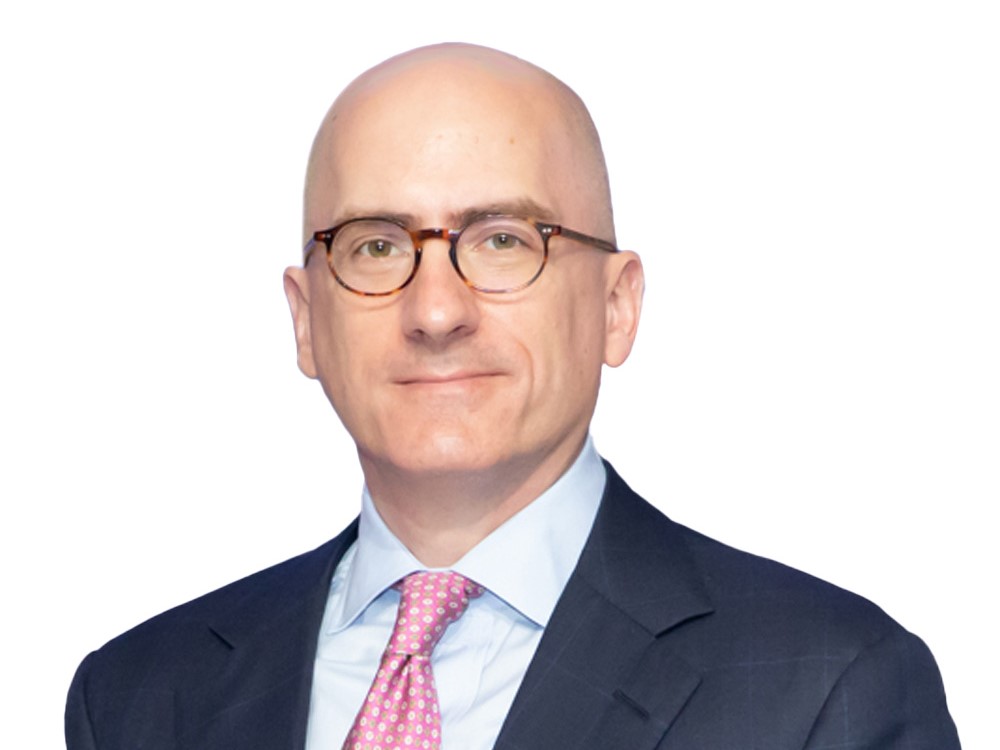Legal Developments
Opt-Out Movement Stalls: For Now

Are alternative plans to workers’ compensation experiencing failure to launch syndrome?
Jen Jordan, a workers’ compensation law expert and chief legal officer at MEDVAL, thinks they might be.
“The momentum has stopped,” Jordan said.
“All other states are waiting to see what happens in Oklahoma. I think we are at a stalemate.”
Participation in a state workers’ compensation plan was mandatory in every state except Texas until 2013, when Oklahoma passed legislation allowing alternatives to the mandated state system. The Employee Injury Benefit Act allowed private sector employers to create individual — but equal — plans.
Oklahoma has one of the highest average costs of workers’ compensation benefits in the nation. Proponents of the new law, often referred to as the “Oklahoma Option,” said it could be a way to decrease workers’ compensation insurance rates, and serve as an economic stimulus tool to attract new business to the state. Several Oklahoma businesses began offering their alternatives in 2014.
Lawmakers in Tennessee and South Carolina sought similar cost reductions and began drafting alternative plans of their own. Other states watched the movement with interest.
But when a legal challenge arose in Oklahoma, the state’s workers’ compensation commission ruled that parts of the alternative plan were unconstitutional. In particular, some sections were not equal to the state plan, the commission said. The State Supreme Court is expected to issue a final ruling on that question this summer.
The commission ruling in Oklahoma seems to have been enough to give opt-out advocates in Tennessee and South Carolina pause.
A Nice Road Map
“Two years ago, I honestly thought we were going to see this spread around the country,” said Mark Walls, vice president, communications and strategic analysis at Safety National, a workers’ compensation carrier.
“I thought Oklahoma gave us a nice road map. With Oklahoma’s efforts stalling and South Carolina and Tennessee in question, where are we going?”
“The freedom of opt-out also affords the darker possibility of minimal statutory benefits, stringent claims determinations, and a dispute process that seems unfair to the claimants.” — “Understanding the Opt-Out Alternative to Workers’ Compensation,” IAIABC
The challenges facing Oklahoma employers have given pause to legislatures in other states because they viewed what was done in Oklahoma as exportable, Walls said.
“Where Tennessee is today is a fairly large question mark,” said Abbie Hudgens, administrator of the Bureau of Workers’ Compensation at the Tennessee Department of Labor and Workforce Development.
Right around the time Oklahoma issued its decision to take up the issue, the International Association of Industrial Accident Boards and Commissions (IAIABC) released a study comparing workers’ compensation and opt-out alternatives.
The authors found that the diversity of opt-out plans and their administration creates unequal treatment of employees, both across opt-out plans and as compared to the traditional workers’ compensation structure.
“The freedom of opt-out also affords the darker possibility of minimal statutory benefits, stringent claims determinations, and a dispute process that seems unfair to the claimants,” the authors wrote.
“IAIABC is to be commended for tackling this big subject,” said Bill Minick, president of PartnerSource, which helps draft alternatives to workers’ compensation.
“It shows an open mind to innovation and competition,” he said.
“Unfortunately, the time frame to produce their study was very short and it did not give any consideration to the actual performance of the Oklahoma Option over the past two years or the Texas Option over the past quarter century.”
Minick said under workers’ compensation alternatives employees are receiving the needed care more quickly, while employers save money.
However the actual benefit to workers remains a point of contention.
“My biggest surprise was the vigor and apparent conviction of proponents that opt-out benefited the injured workers,” said Gregory Krohm, the study author and director of research at Workcomp Strategies, Inc.
“They minimize what I believe is insurmountable evidence that large classes of injured workers are worse off under opt-out.”
Minick counters that detractors often hamper reforms to traditional workers’ compensation plans and don’t want to see it change.
“Oklahoma trial lawyers and powerful insurance trade associations have joined hands to destroy the competition and innovation of the Option, as well as the entire 2013 workers’ comp system reforms, for their own financial gain,” he said.
“My biggest surprise was the vigor and apparent conviction of proponents that opt-out benefited the injured workers.” — Gregory Krohm, director of research, Workcomp Strategies, Inc.
The criticism runs both ways.
“The proponents of opt-out seem to have impressive statistics on cost saving. They claim the savings come from prompt claims handling and the provision of superior medical care,” Krohm said, but pointed out that those strategies are in no way exclusive to those who opt out.
“I don’t see how employers in the traditional workers’ compensation system are impeded from prompt claim handling and setting up top-notch occupational medicine services.”
The Grand Bargain Evolving
Workers’ compensation was first introduced more than 100 years ago. It has evolved and grown to incorporate ever more legal and medical obligations and cover vastly different injuries as the economy shifts away from manufacturing to a service industry.
“Over those years, benefits have grown, and grown and grown; and employees have continued to get more and more in the ‘grand bargain,’” said Jordan, the chief legal officer at MEDVAL.
“The playing field is so distorted in favor of injured employees and against employers.”
“What is interesting about Oklahoma is it was so one-sided to the employers, it is the extreme opposite of Texas,” the only state where employers aren’t required to participate in the state workers’ compensation plan, Jordan said.
“If they had reached a middle ground, then we wouldn’t have the issue we are facing now.”
Krohm said his study found Oklahoma Option plans allow the claim administrator to impose settlement terms on the claimant to close out future benefit payments; if the claimant refuses the offer, no further benefits are payable.
“The Oklahoma statute created the illusion that the benefits from qualified employer plans were equal to workers’ compensation,” Krohm said.
“The workers’ compensation commission and prominent legal experts deny that they are equal.
Creating an equivalent plan isn’t complicated but it ends up imitating the workers’ compensation statute and case law interpreting the statute.
“The alternative option really goes against that idea of equity,” said Jennifer Wolf Horejsh, executive director at IAIABC, which published the study.
“So then what’s the purpose of opt-out?” Krohm said.
Solutions Still Needed
All parties agree something needs to be done to help simplify and reduce the cost of worker injury plans.
Oklahoma had the sixth highest workers’ compensation premium rates in the nation in 2014.
“The system is broken,” said Jordan.
“We’ve got to do something to reign in this monster we’ve created.”
Proponents say too many people earn their living off the complicated and expensive state-run workers’ compensation program and aren’t incentivized to simplify it.
“Oklahoma is very unique in its history, constitution and litigation environment,” said Minick.
“I’m not aware of any state in the country that has faced bigger challenges from workers’ compensation claimant lawyers that want to avoid meaningful reforms and maintain the status quo for their own financial gain.”
For now it remains to be seen who will go forward; and where.
“I think it’s possible that we could reform the system,” Jordan said.
“At this stage we’re running neck-and-neck that opt-out could be the solution, but it will have its own complications.”
“Opt-out is promoted as something that increases employer involvement in safety and employee responsibility. Those are good objectives,” said Hudgens.
“But where I lose confidence is none of those are actually in the final plans.”
“There’s some value in the concept, but what we’ve seen of it so far has fallen woefully short of the promise that is inherent in the material of opt-out.” she said.
With enough attention, it may help opt-out plans gain traction, Jordan said.
“I will be interested to see what state’s ideas take off.”










